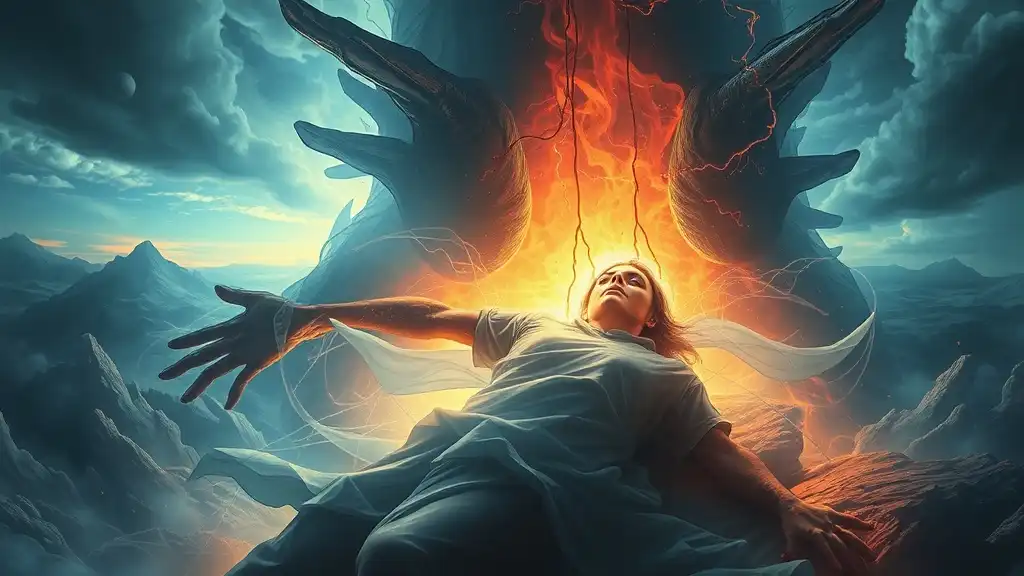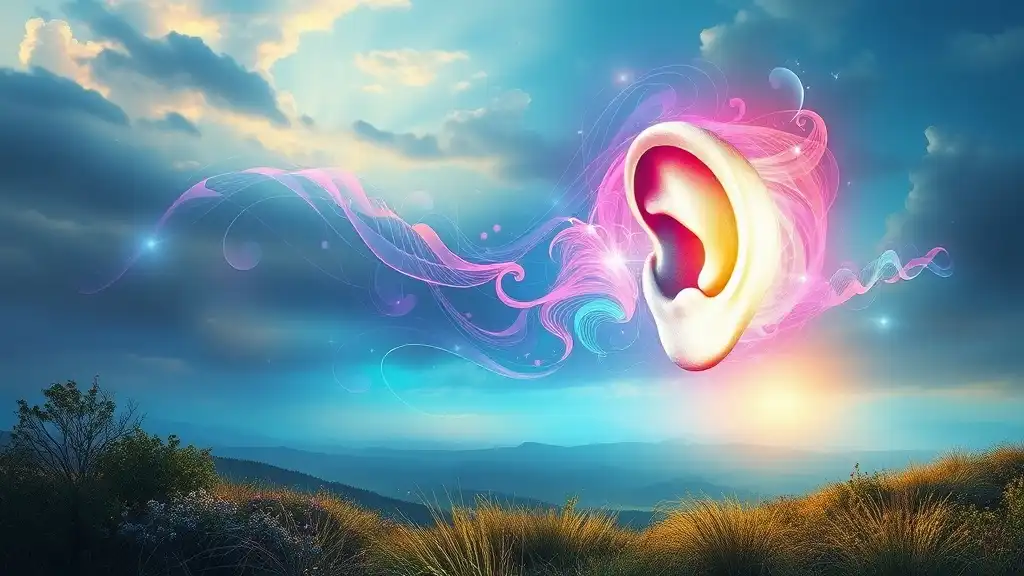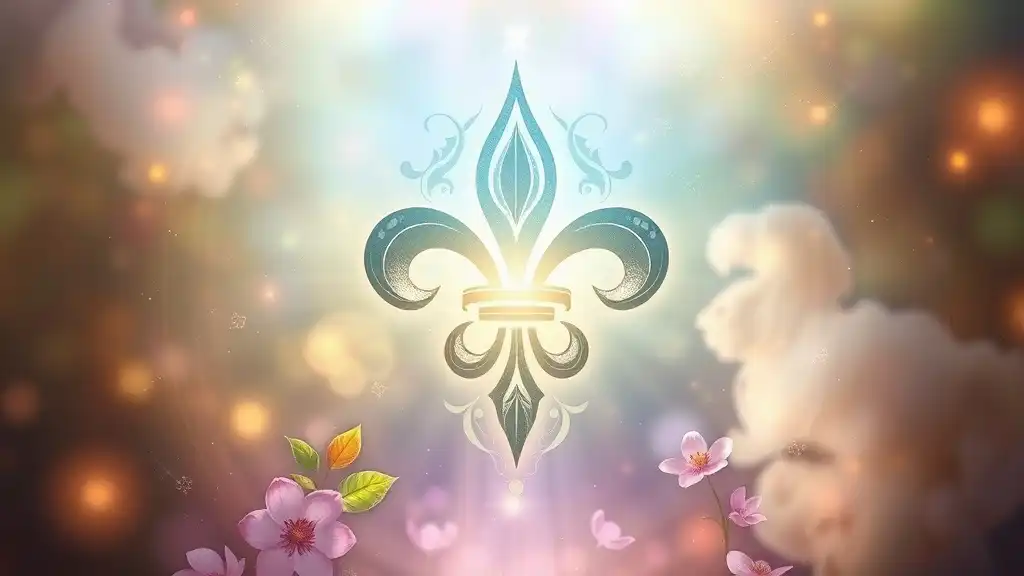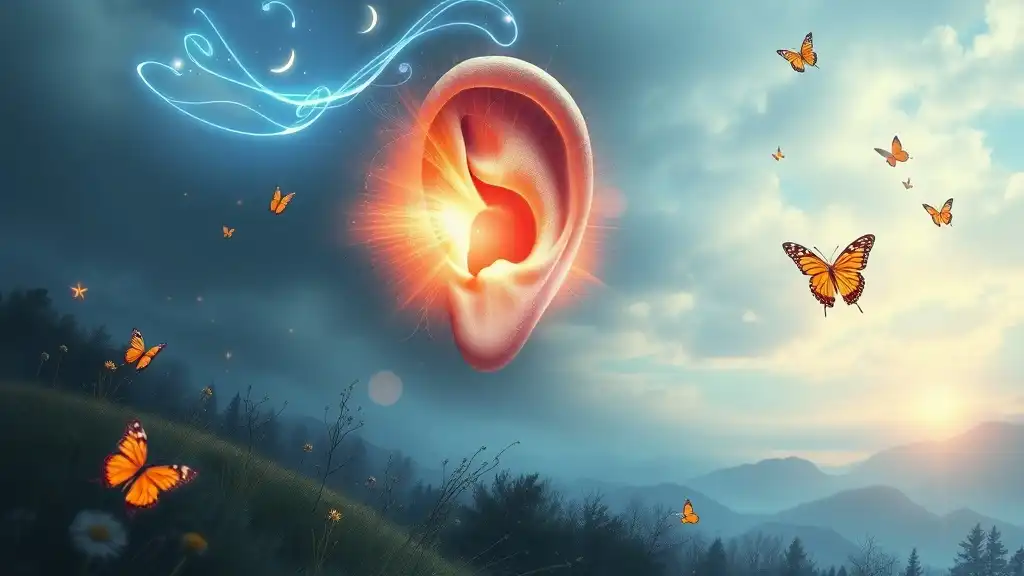Sleep paralysis is a perplexing phenomenon that many people experience at some point in their lives. Characterized by the inability to move or speak while falling asleep or waking up, it often comes hand-in-hand with vivid hallucinations and an overwhelming sense of dread. While scientific explanations primarily focus on physiological and psychological factors, sleep paralysis also offers rich territory for spiritual exploration. Understanding its spiritual implications can empower individuals to approach this experience with a different mindset, recognizing it as a potential doorway to deeper self-awareness and growth.
What is Sleep Paralysis?
Sleep paralysis is a temporary state during which individuals find themselves conscious but unable to move or speak. It often occurs during transitions between wakefulness and sleep, typically during REM (Rapid Eye Movement) cycles. People commonly report feeling a presence in the room, chest pressure, or even visual and auditory hallucinations, all of which can be profoundly frightening.
From a biological standpoint, sleep paralysis occurs when the brain awakens from REM sleep, but the body remains in a state of muscle atonia, which is a natural mechanism that prevents us from acting out our dreams. Psychological factors, such as sleep deprivation, stress, or underlying anxiety, can heighten the likelihood of experiencing sleep paralysis.

Historical Perspectives on Sleep Paralysis
Cross-Cultural Views
Throughout history, diverse cultures have grappled with the phenomenon of sleep paralysis, often attributing it to supernatural forces. In many societies, it was seen as a spiritual attack or a visitation from malevolent spirits. For instance, folklore from different regions frequently describes “incubus” or “sucubus” entities that torment individuals during sleep.
In some cultures, sleep paralysis is viewed as a spiritual awakening, a chance to receive messages from the universe or ancestors. Understanding these cultural interpretations can provide a broader context for modern experiences of sleep paralysis, revealing the deep-rooted spiritual significance often overlooked.
Historical Figures and Sleep Paralysis
Notable individuals, ranging from artists to scientists, have shared accounts of sleep paralysis throughout history. The famed artist Henri Fuseli famously painted “The Nightmare,” which visually captures the eerie essence of sleep paralysis. His works reflect not only the terror faced during such episodes but also the creativity that can emerge from grappling with these haunting experiences.
In literature, authors like Edgar Allan Poe have also woven the theme into their narratives, showcasing the complexity of emotions and meanings associated with the phenomenon. Their personal narratives and artistic expressions illustrate how sleep paralysis can transcend mere fear and venture into realms of inspiration and exploration.

The Spiritual Meaning of Sleep Paralysis
A Wake-Up Call from the Universe
Many spiritual practitioners believe that sleep paralysis can serve as a wake-up call from the universe, urging individuals to confront unresolved fears, anxieties, or emotional baggage. This experience can serve as an invitation to delve deeper into one's psyche, offering insights that may otherwise remain obscured.
For those attuned to spiritual awareness, experiencing sleep paralysis can signal a need for change or reflection. Rather than perceiving it solely as a distressing episode, one can view it as an opportunity from the universe to explore inner truths and release negativity.
Shadow Work and Self-Reflection
Sleep paralysis can act as a profound catalyst for shadow work, a concept rooted in Jungian psychology. The “shadow self” represents those parts of ourselves that we often suppress or deny, typically associated with unresolved traumas or deep-seated fears.
When one encounters sleep paralysis, these shadowy aspects may surface, confronting the individual with their darker emotions or past experiences. Engaging with this through self-reflection can lead to healing, as individuals learn to acknowledge and integrate these parts of themselves, ultimately fostering personal growth and resilience.

Common Spiritual Experiences During Sleep Paralysis
Encounters with Entities
Many people report experiencing a feeling of a malevolent presence during sleep paralysis, which can manifest as shadowy figures or ghost-like apparitions. These encounters can be terrifying at first glance, yet some interpret them as interactions with spiritual entities or guides.
In some cases, individuals may perceive these entities as messengers, offering insights or guidance related to their waking lives. By reframing these experiences, one can embrace a more positive outlook, recognizing that these encounters may hold significance or lessons to be learned.
Astral Projection and Out-of-Body Experiences
Some individuals link sleep paralysis to astral projection or out-of-body experiences (OBEs). During these episodes, people might feel as though they’re floating above their bodies or entering different planes of consciousness.
In spiritual circles, these moments can be seen as opportunities to expand one's awareness beyond the physical realm. While these experiences may evoke fear, they can also grant profound insights into life, death, and the interconnectedness of existence.

How to Navigate Sleep Paralysis Spiritually
Techniques for Grounding and Protection
Understanding the spiritual implications of sleep paralysis can empower individuals to take proactive measures. Grounding exercises, such as visualizations or deep-breathing techniques, can help ease anxiety before sleep. Simple practices like envisioning roots extending into the earth can create a sense of stability and safety.
Incorporating protective rituals can also be beneficial. For example, lighting a candle or smudging with sage can help to create a serene sleep environment, fostering a protective space that encourages restorative sleep.
Meditative Practices for Clarity
Meditation serves as an excellent tool for nurturing clarity and mindfulness. Engaging in meditation before bed can alleviate worries and prepare the mind for restful sleep. Techniques such as focusing on breath, practicing gratitude, or guided imagery can calm racing thoughts and mitigate the likelihood of sleep paralysis episodes.
Additionally, journaling about experiences can provide catharsis and insight, allowing individuals to articulate their feelings and reflect on the messages they might be receiving through these experiences.
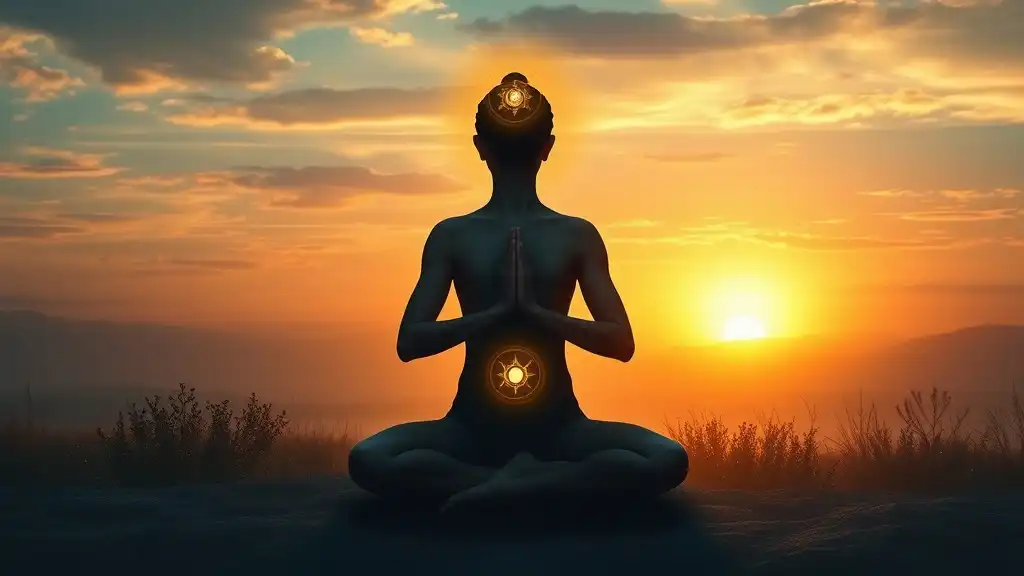
Conclusion
Sleep paralysis, while often linked with fear, can also be reimagined as a deeply spiritual experience. By embracing its significance as a call for self-examination and growth, individuals can transform their perceptions and reactions to these occurrences. Engaging with fear, exploring the shadow self, and integrating the experiences can lead to profound personal development. Ultimately, viewing sleep paralysis as an opportunity rather than a nightmare can open the door to greater awareness, transformation, and connectivity with the spiritual realm.

